Within five days of the Emir’s request 8,000 British troops had deployed to Kuwait including the carrier HMS Bulwark and a naval task force with the Aircraft Carrier HMS Victorious positioned in the Gulf. Iraq was deterred. The real enemy proved to be the heat, which alternated between 120 to 149 degrees each day, requiring soldiers to drink 20 pints of fluid every 24 hours.
In July 2 PARA was moved to Bahrain and based at Muharraq airfield. They were relieved by 3 PARA in October and 1 PARA in turn in May 1962. This was the start of one-year tours revolving between the three Parachute Battalions, which lasted until 1967.
Companies on tour followed guard, construction and training rotations and were accompanied by their affiliated arms and services. Combined exercises were mounted with the RAF, Navy, The Trucial Oman Scouts and the Sultan of Oman’s Forces as well as including sport and adventure training. Despite rewarding training Bahrains climate was uncomfortable and socially alien for soldiers and initially there was much separation for families.
All three battalions conducted operations during this period , often by companies in rotation to the Oman, Aden and Radfan mountains. One company group was stood by to assist during the communist inspired uprising in Zanzibar in early 1964 but not employed.
In April 1967 2 PARA handed over to the 1st Battalion The King’s Own Royal Border regiment, ending six years of Airborne Forces service in the Gulf.
Persian Gulf
01/06/1961 - 31/12/1967
Newsletter Signup
Donate
Donate
Make a donation to Airborne Assault ParaData to help preserve the history of The Parachute Regiment and Airborne Forces
The Airborne Shop
The Airborne Shop
The Airborne Shop is the official shop of Support Our Paras (The Parachute Regiment Charity RCN1131977).
Profits from all sales made through our shop go directly to Support Our Paras, so every purchase you make with us will directly benefit The Parachute Regiment and Airborne Forces.

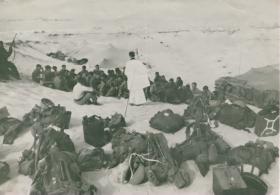
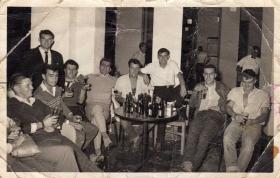
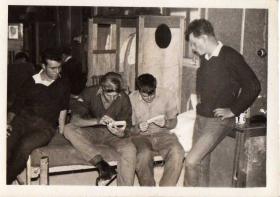
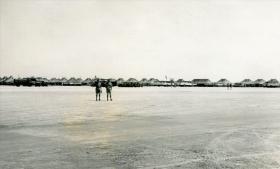
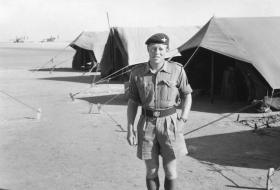
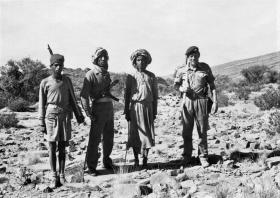
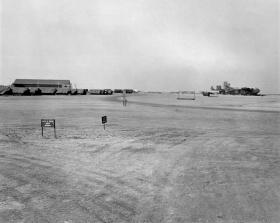
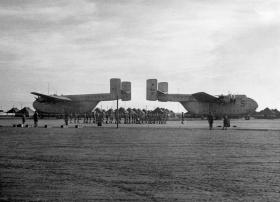
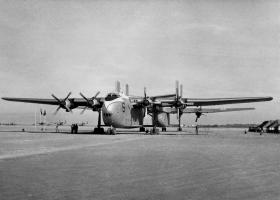
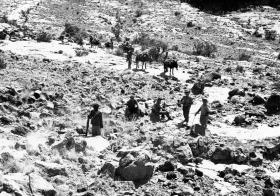
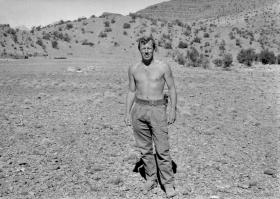
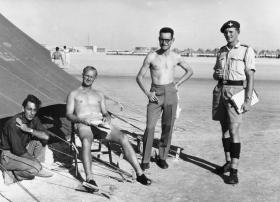
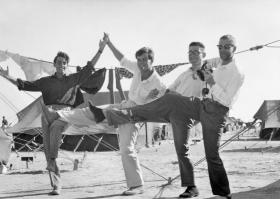
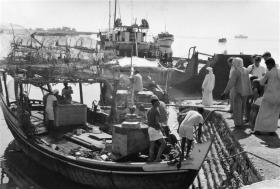
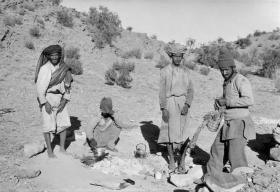
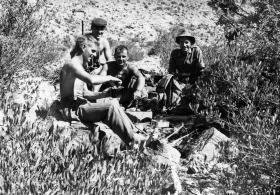
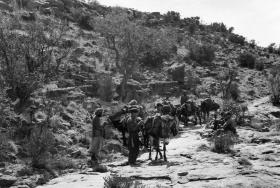
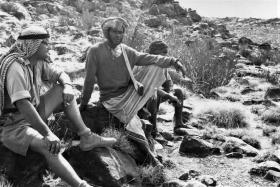
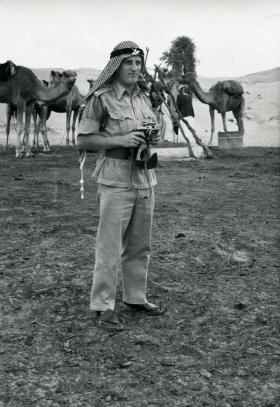
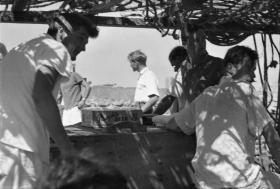
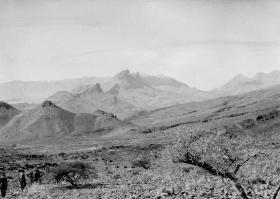
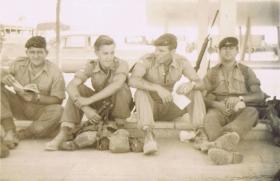
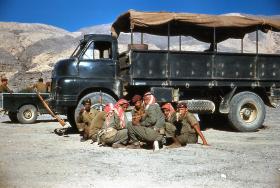
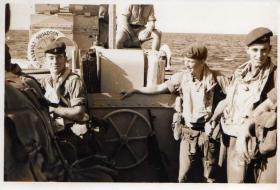
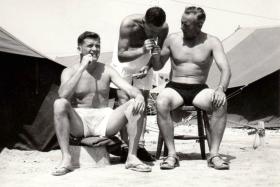
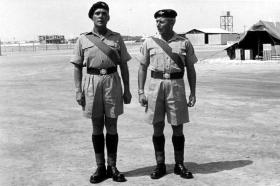
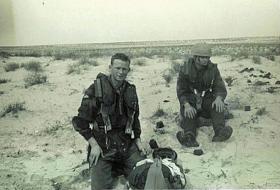
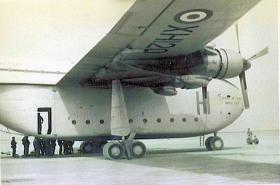
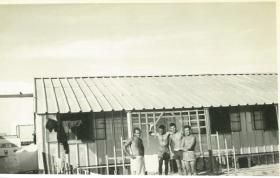
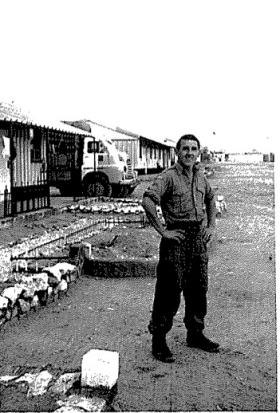
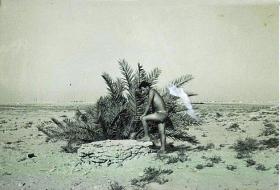

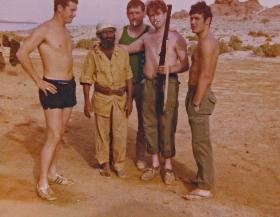
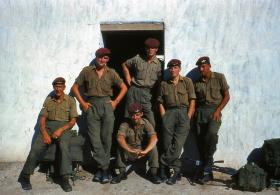
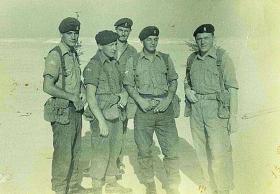
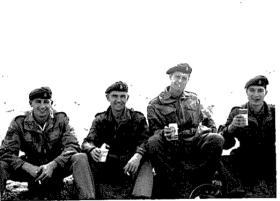
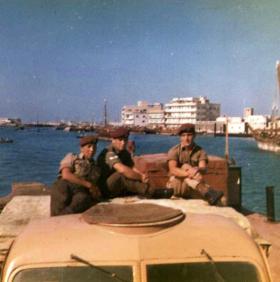
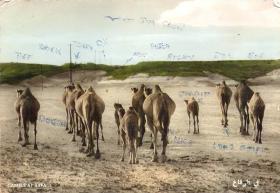
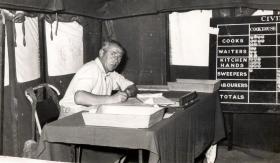
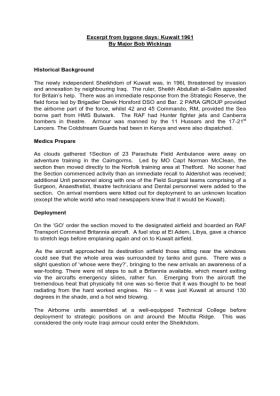




Latest Comments
There are currently no comments for this content.
Add Comment
In order to add comments you must be registered with ParaData.
If you are currently a ParaData member please login.
If you are not currently a ParaData member but wish to get involved please register.